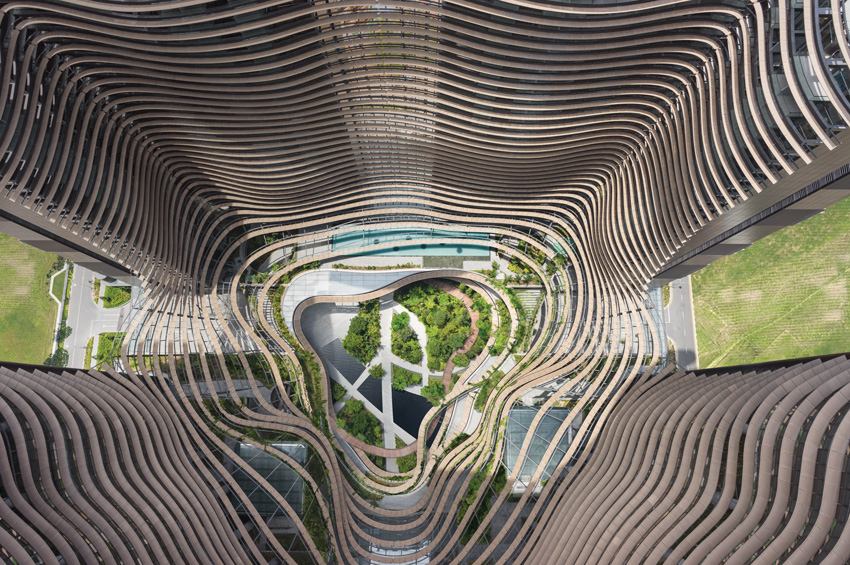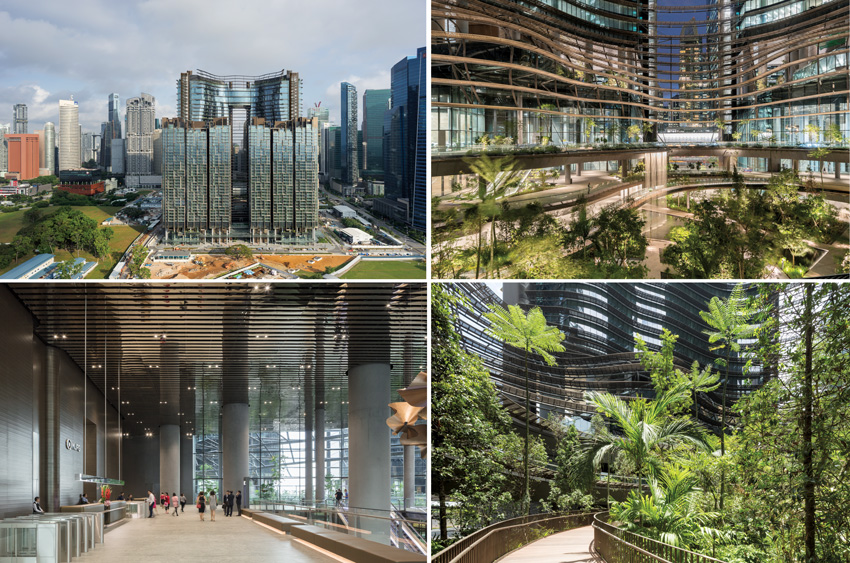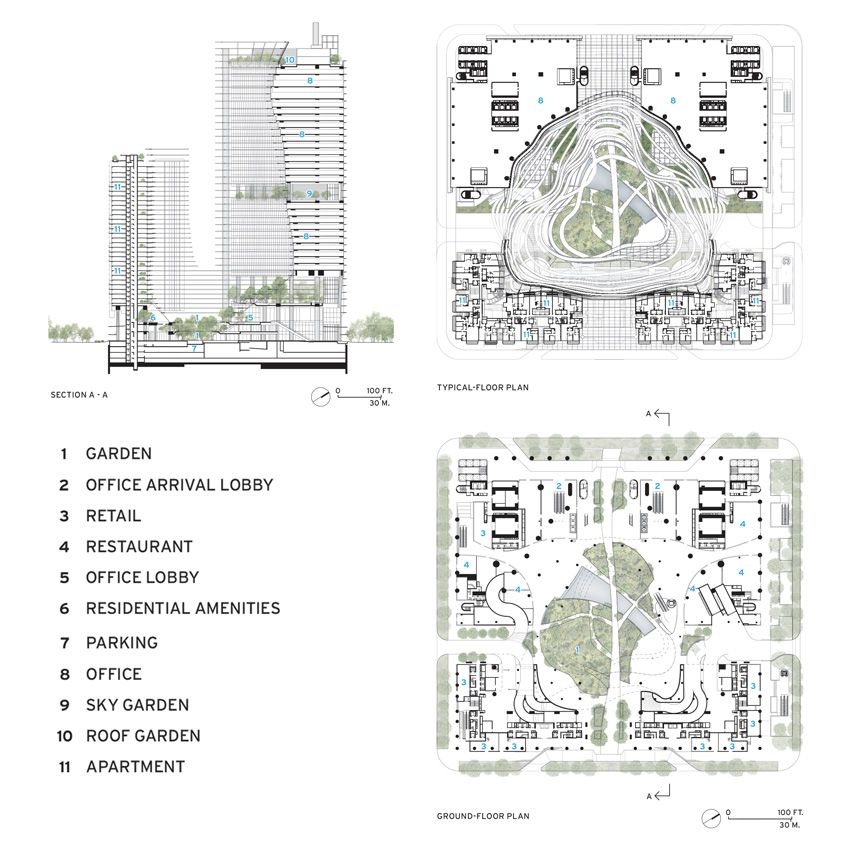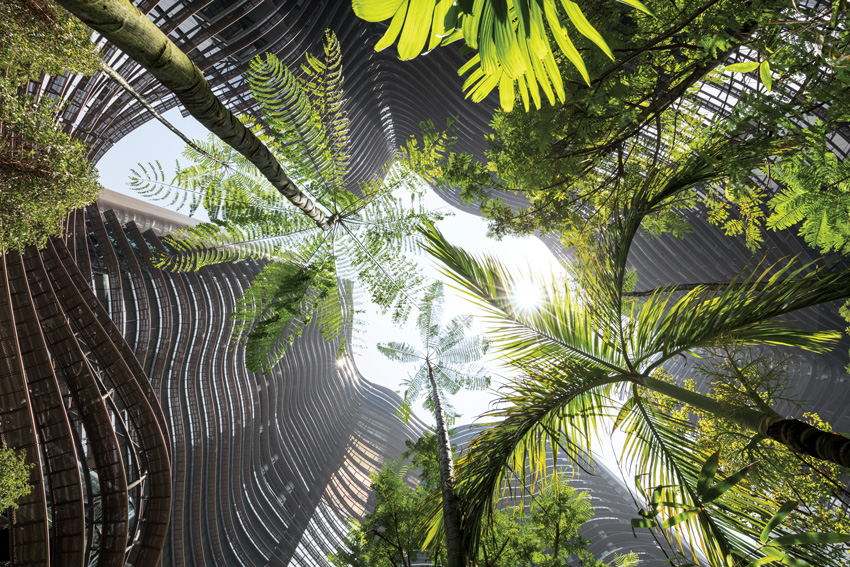Tall Buildings
 1 AIA LU/HSW; 0.1 IACET CEU*; 1 AIBD P-CE; AAA 1 Structured Learning Hour; This course can be self-reported to the AANB, as per their CE Guidelines; AAPEI 1 Structured Learning Hour; This course can be self-reported to the AIBC, as per their CE Guidelines.; MAA 1 Structured Learning Hour; This course can be self-reported to the NLAA.; This course can be self-reported to the NSAA; NWTAA 1 Structured Learning Hour; OAA 1 Learning Hour; SAA 1 Hour of Core Learning
1 AIA LU/HSW; 0.1 IACET CEU*; 1 AIBD P-CE; AAA 1 Structured Learning Hour; This course can be self-reported to the AANB, as per their CE Guidelines; AAPEI 1 Structured Learning Hour; This course can be self-reported to the AIBC, as per their CE Guidelines.; MAA 1 Structured Learning Hour; This course can be self-reported to the NLAA.; This course can be self-reported to the NSAA; NWTAA 1 Structured Learning Hour; OAA 1 Learning Hour; SAA 1 Hour of Core Learning
Learning Objectives:
- Discuss earthquake-resistant technologies suitable for tall buildings and alternatives to code-prescribed seismic design methods.
- Describe several types of envelope systems that can reduce heat gain and glare.
- Describe strategies for ensuring occupant comfort suited to tall buildings and diverse climates.
- Discuss ideas for creating public space within dense urban environments.
This course is part of the Resiliency Academy
Urban Jungle
A lush garden at the center of a mixed-use complex provides respite from the heat for occupants and the public.
By Alexandra A. Seno
The public space in the middle of Singapore’s recently completed Marina One complex provides genuine respite. Above the district of concrete-and-glass towers, the noonday sun beats down relentlessly. But even though temperatures in this tropical city regularly tip to over 90 degrees Fahrenheit and humidity often hits 95 percent, it is a refreshing experience to walk through the center of this new development. Here wood and stone paths are surrounded by lush plants and trees that sway gently in an unexpected breeze.

ALL PHOTOGRAPHY BY HG ESCH
GREEN OASIS
Tropical gardens, atop a podium and on several levels, are the centerpiece of Marina One, an apartment and office-building complex in Singapore.
Marina One, which opened at the end of last year, is built on four lots of reclaimed land totaling 6.5 acres in Marina Bay, the city-state’s expansion of it business district. The 4.3 million-square-foot complex has two 750-foot-tall 30-story office towers and two 475-foot-tall 34-story residential towers, linked on the lower levels with a podium that hosts the gardens and encloses dining and retail outlets. The assemblage sits atop underground passages with direct access to four of the city’s six metro lines.
The ambitious mixed-use center emerged out of a partnership between the state-owned investment funds of Malaysia and Singapore. In 2011, the entity named Dusseldorf, Germany–based Ingenhoven Architects the winner of an international competition. One typical approach to maximize the built volume would be to create a cube approximately 650 feet on each side and 650 feet tall. But “temperature and humidity would be working against the human condition” with such an arrangement, explains the firm’s founder, Christoph Ingenhoven. So, instead, he and his team created an ensemble clad in glass and bronze-hued metal and supported by reinforced-concrete or steel structures, carving it—and curving it—to define 398,000 square feet of gardens. This greenery is more than decorative. It contributes to the comfortable microclimate at the base of the complex, and is accessible to all, not just the center’s tenants and residents. “We have created an oasis,” says Olaf Kluge, director of the local Ingenhoven office.

DESIRABLE DENSITY
Thousands of people will eventually live and work in Marina One’s four towers (top left)—a pair each for residential units and for offices. The gardens at the center of the complex (top right and bottom right) include a network of ramps and pathways that link the buildings. The reflective material on the ceiling of the office lobby (bottom left) helps bring these gardens inside.
One advantage of designing this kind of environment for Singapore is the year-round growing season, points out Kathryn Gustafson, founder of Gustafson Porter + Bowman (GP+B). The London-based landscape architecture firm, which is separate from Gustafson’s Seattle-based practice, developed the gardens in partnership with local ICN Design International. Still, a prime concern was selecting bushes and shrubs that would thrive even under the shade of trees and the buildings’ long shadows. But such practicalities weren’t Gustafson’s only interest. “It’s about the leaf,” she says. “Texture, size, and color are important.” Toward that end, the two firms selected 350 varieties of tropical plants.
Although the buildings’ street-facing elevations are rectilinear and almost conventional, from within the green heart, the towers are much more organic. The facades appear to undulate, an effect that is enhanced by curving metal louvers—which help shade both the gardens and the glazing—and by the floor plates of the office blocks. These increase in size in the upper levels of the buildings, achieved by canting the garden-facing support columns.

Within each of the office towers, the designers created nearly 1.9 million square feet of unobstructed rentable space by limiting the columns so that they are mainly on the buildings’ perimeters. In addition, they placed the elevators to the upper floors within their own silos, at the buildings’ corners. The configuration allowed for glass-enclosed capsules facing Straits View, the boulevard that hosts the complex’s main entrance. So far, space has been leased by firms that include Facebook and the banks Julius Baer and Mitsubishi UFJ Financial Group.
The residential towers have four penthouses with features like oversize terraces with their own swimming pools. However, the vast majority of the more than 1,000 condominium apartments are smaller one- to four-bedroom units. But though these are more modest, all have balconies, many with views of the gardens or of the rapidly developing neighborhood, including its many construction sites, Moshe Safdie’s nearby Marina Bay Sands Hotel, and the soon-to-be-relocated container port.

CONTOURS AND CURVES
Ribbonlike metal louvers, which shade the buildings’ glazing and the central green space, help make the garden-facing facades appear to undulate.
Marina One is rational without being conventional—daring and quirky while very functional for the more than 20,000 people who will eventually live and work there. But, above all, it aims to enhance not only the well-being of its occupants, but that of anyone in the area, welcome to enjoy its serene and verdant gardens. “It is a very high-density development,” explains Ingenhoven. “If you do density like that, you also need to be generous.”
Alexandra A. Seno is a Hong Kong–based architecture and design critic who has written for The Wall Street Journal and The New York Times, among other publications.
Credits
ARCHITECT: Ingenhoven Architects — Christoph Ingenhoven, principal; Martin Reuter, Olaf Kluge, directors
ASSOCIATE ARCHITECT: architects61
CONSULTANTS: Beca Carter Holdings & Ferner (structure, m/e/p, fire); Langdon & Seah (quantity surveyor); Gustafson Porter + Bowman, ICN Design International (landscape); Arup (facade, lighting, vertical transport); Axis ID (residential interiors)
GENERAL CONTRACTOR: Hyundai-GS Joint Venture
CLIENT: M+S Pte.
SIZE: 4.3 million square feet
CONSTRUTION COST: $1.35 billion
COMPLETION DATE: November 2017
Sources
SOFFITS: Alucobond
PODIUM CURTAIN WALL: Meso ASia Pacific
TOWER CURTAIN WALL: Yuanda Curtain Wall
CEILINGS: Sunray Woodcraft Construction
GLASS: China Specialty Glass











